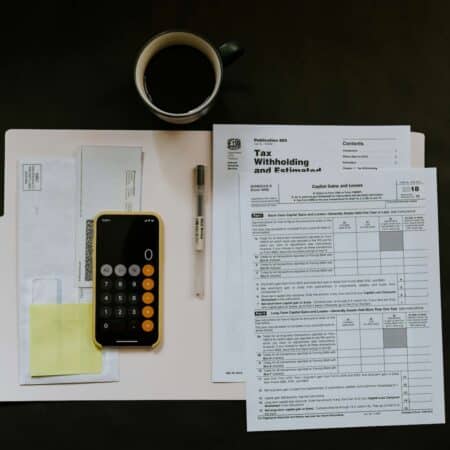What To Know About Self Managed Super Funds
Say SMSF ten times fast… it’s a tongue twister and often a point of confusion for many when considering their superannuation options. Self managed super funds are worth knowing about – here are the basics to get across.
What is a Self Managed Super Fund?
A Self Managed Superannuation Fund (SMSF) is a private super fund where you can choose and manage the type of investments you hold for your retirement (within the rules). The fund must be set up for the sole purpose of providing retirement benefits for its members.
What are the benefits of an SMSF?
Put simply, the benefit of an SMSF is being able to have more control over the choice of investments you make – it’s the primary reason that people choose to establish an SMSF.
For example, some people may choose to set up an SMSF as part of their overall business structure and make use of the potential to hold commercial property in their SMSF and rent it to their trading entity.
With greater control however comes greater responsibility, and the SMSF Trustee must have a strong understanding of the rules and regulations that are relevant to superannuation in general, as well as the rules that are specific to SMSFs. There are restrictions around borrowing in an SMSF for example, as well as particular rules on what type of investments can be held in the fund, how transactions need to be treated between any related entities, as well as annual compliance and documentation obligations.
Who can have an SMSF?
There are some rules around who can be a member of a SMSF, and all members must also act as its trustees. SMSF members/trustees cannot:
- Have previously been a disqualified person by SMSF regulators
- Be a registered bankrupt
- Have an employer/employee relationship with fellow members unless they are relatives
Even though many people would be eligible to establish an SMSF, consideration needs to be given around the strict rules, time required to monitor investments, as well as the significant annual compliance costs. For these reasons, even though there is no minimum investment required, there should be significant funds available for investment (typically in excess of $250k) in order to make the establishment of an SMSF worthwhile.
What are the tax implications of an SMSF?
Complying SMSFs are generally taxed at the concessional rate of 15%. To be a complying fund, the SMSF needs to satisfy lodgement and other super rule requirements, be audited by an independent auditor each year, and be deemed as complying by regulators.
Do I need help creating an SMSF?
As with all financial decisions, it’s best to speak with a financial planner and accountant to work out whether an SMSF is the right fit for you. Consideration needs to be made around initial and ongoing costs, compliance requirements, and whether the set up will have a corporate trustee or an individual trustee.
Where can Future Advisory help in regards to SMSFs?
Future can help by setting up your SMSF in conjunction with the advice from a financial planner, and we are also able to assist with ongoing compliance each year. All SMSFs need to pass an annual audit by an independent auditor, which we organise on your behalf.
For Example
There’s a savvy Director named Sarah who runs a company that rents a factory to produce the most magical widgets you could ever imagine. As her business grew, she dreamed of owning a factory instead of renting one.
Mid brain storm one day, Sarah had an epiphany: “What if I could buy a factory using my retirement savings and then rent it back to my company?” And so, the quest to set up a Self Managed Super Fund (SMSF) began.
Sarah embarked on a mission to gather the wisest advisors in the land: Accountant Amy, Lawyer Lucy, and Financial Planner Fiona. Together, they guided her through the labyrinth of setting up an SMSF, navigating complex tax laws and regulations with ease.
First, they established the SMSF with Sarah and one other member, her wife, creating a trust deed outlining the fund’s rules and appointing a trustee to manage the fund’s assets. They also registered the SMSF with the Australian Taxation Office (ATO), acquiring a tax file number (TFN) and an Australian Business Number (ABN) for the fund.
Next, Sarah and the other member of the SMSF (her wife) rolled over their existing superannuation balances into the newly formed fund. Financial Planner Fiona helped them create a well-crafted investment strategy, including the grand plan to purchase the factory of Sarah’s dreams.
Once the SMSF had sufficient funds, Sarah and her fellow trustee sought out the perfect factory for the company to lease. With the help of Lawyer Lucy, they ensured that the lease arrangement was set up at arm’s length, charging a fair market rental rate, and adhering to all regulations to avoid penalties.
To discuss SMSFs or other superannuation questions, get in touch.













